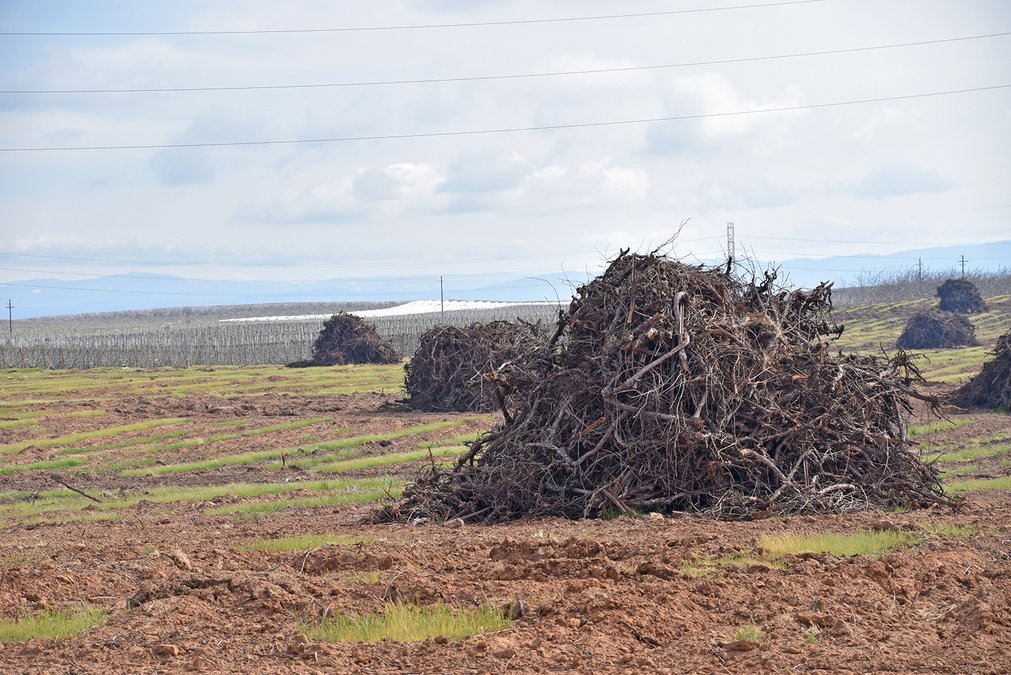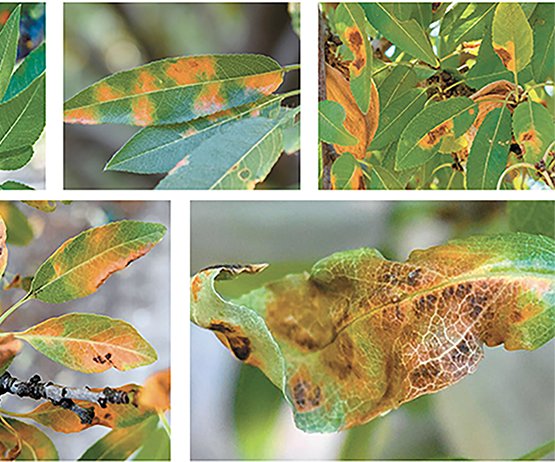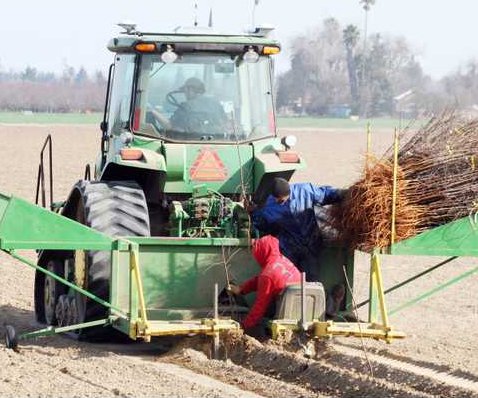BY CHING LEE
AgAlert
California farmers continue to face significant economic challenges as they contend with lower commodity prices and soaring production costs that have been made worse by inflation, regulatory burdens, trade disruptions and other financial headwinds.
That was a central message from the State Board of Food and Agriculture meeting last week in Sacramento, where industry leaders pointed to current and trending conditions that have impacted farm profitability and threaten the long-term viability of some farms.
Increasing costs and other financial pressures have pushed many farm properties onto the market, though there have been very few sales, said Kyle Dalrymple, an agricultural real estate appraiser and broker in Butte County.
With an oversupply of winegrapes and declining demand, Dalrymple noted a growing number of active listings for vineyards in the Central Valley but with minimal buyer interest. Property values for vineyards in the region are highly dependent on their water source and whether there are contracts for the grapes, he said. Access to water continues to affect farmland values in the state, with properties that depend solely on groundwater seeing the most significant declines.
President Trump’s new trade war is “particularly untimely” for the almond sector, which has already endured more than three years of unsustainable losses, said Alexi Rodriguez, president and CEO of the Almond Alliance. Impacts from the first Trump administration continue to reverberate, she said, noting that China was the top export destination for California almonds in 2018, but shipments dropped sharply following Chinese imposition of retaliatory tariffs. By the end of this year, China will likely no longer be one of the top 10 export markets for almonds, she added.
Though almond prices have started to improve, thanks in part to acreage removal, larger crops continue to drag prices back down. Last month’s objective almond forecast by the U.S. Department of Agriculture projected a higher-than-expected crop of 3 billion pounds this year. The news led to a 55-cent-per-pound drop in the market overnight, pushing farmers “right back down into unprofitable territory if prices don’t recover quickly,” Rodriguez said.
To break even, growers need to earn roughly $2.30 per pound, or about $5,000 an acre, provided they have good water and no debt, she noted. But their five-year average price has been around $1.77 per pound, or $3,700 an acre, with an annual loss of $1,400 per acre over three years.
“We’re talking about billions of dollars in losses annually,” Rodriguez said.
Removing an orchard costs about $3,000 to $4,000 an acre, which means many almond growers are “financially stuck,” she said, as they can’t take care of their existing orchards and can’t afford to remove them and plant new ones. This has led to a rise in abandoned and unmanaged acreage, which becomes a breeding ground for pests, including navel orangeworm and rodents.
Inflation, pest control restrictions, regulatory uncertainty, water constraints, and rising labor and capital costs have created “a level of instability that we have not seen in decades,” Rodriguez added.
Farmworkers will be harder to find in California, and they will be more expensive to employ, said Alexandra Hill, assistant professor of Cooperative Extension in the Department of Agricultural and Resource Economics at the University of California, Berkeley.
One reason is less than 20% of farmworkers today follow the crop migration, she noted, as more of them are settled in the U.S. and have children who were born here. Therefore, they no longer want to make the trek across the border.
The agricultural workforce has also aged, with the average worker about 10 years older today than they were 20 years ago, Hill said. Meanwhile, fewer new immigrant workers are entering the workforce. Most farm employees say they plan to continue working in agriculture as long as they’re able, she said, adding that the decline in the farm workforce is “not an exodus problem” but because workers are no longer willing to relocate for work.
California’s rising minimum wage will continue to drive up farm labor costs, a trend that “isn’t going to reverse,” Hill said. Other factors that will drive up wages include changes in union laws and worker shortages, which will force farmers to raise wages to attract sufficient workers.
Going forward, Hill said policy reforms to immigration and the H-2A visa program can play a major role in impacting the availability of people in the country willing to work in agriculture.
Norm Groot, executive director of the Monterey County Farm Bureau, who was not a panel speaker but tuned in to the webinar, said the cost of living in the Salinas Valley “makes it very difficult to attract” people to work in agriculture. In response, farm employers in the region have increasingly built employee housing, he said, with thousands of beds on private farmland.
“Not only does that build loyalty amongst the employees, but it also enhances the ability of the employer to make sure that their farmworkers are housed in great conditions, clean living spaces and are close to transportation,” he told the board.
The impact of highly pathogenic avian influenza, or bird flu, has caused significant losses on the farm that affect consumers, who saw record-high egg prices at the store this year.
Egg farmer Michael Silva, who works as senior director of agriculture operations for Modesto-based J.S. West and Companies, said the company’s Hilmar farm is still not back to full production after two outbreaks—one in late 2023 and again in November 2024. That farm, which has six barns, can house about 900,000 egg layers but today has 220,000 birds, with four barns still empty. He said production will be down into 2026, as it takes at least 16 months to fully repopulate.
Since 2024, California has lost 11.6 million laying hens, or 83% of the state’s egg production; 5.2 million meat chickens; 600,000 turkeys; and 528,000 ducks.
Unlike the 2015 outbreak—which poultry farms were able to stamp out through biosecurity and rapid depopulation of affected flocks—the current outbreak, which started in 2022, has been harder to control, Silva said. A key difference is the virus’s ability to infect other species, including dairy cows and other mammals.
While infected chickens and turkeys die from the virus, dairy cows typically recover after getting sick. Therefore, the strategy used to squash the virus in the past “is no longer an option,” Silva said, as “we’re not depopulating these cowherds.”
He said groups representing egg producers and dairy farmers agree the solution is to vaccinate chickens and cows. However, farmers who raise broilers, some of which are exported, are against vaccination because of trade implications, as numerous countries prohibit or restrict importation of vaccinated poultry.
While several vaccines are licensed by the USDA for use in poultry for bird flu, none exist for cattle, “but we’re working behind the scenes on development of a dairy vaccine,” Silva said. In California at least, vaccinating chickens but not cows “wouldn’t do us much good,” he added.
“We need a two-pronged approach,” Silva said. “We have to protect the cows and the chickens.”
— Courtesy of the California Farm Bureau.





